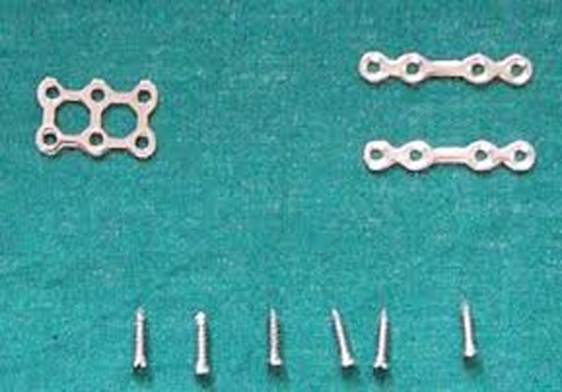Abstract
Maxillofacial trauma is any physical injury to the facial bones. Facial bones are frequently fractured bones in RTA, Assault, Domestic violence etc. Facial trauma includes Maxillary fractures, Mandibular fractures, Orbital Fractures, Nasal Bone Fractures, soft tissue injury such as lacerations, bruises etc. Over the years, there are many refinements in the management of maxillofacial trauma. The incidence of maxillofacial trauma is more in males because they are involved in more physical activities and assault compared to women. In Older times for facial bone fractures, surgeons performed maxillomandibular fixation using wire osteosynthesis for minimum three weeks to 6 weeks, and mouth opening was difficult, poor oral hygiene leading to periodontal problems, difficulty in speech and masticatory functions. The management of maxillofacial trauma includes the use of Maxillomandibular fixation using wire osteosynthesis, conventional mini plates and 3-D plates. For the management of facial bone fractures, Maxillofacial surgeons perform open reduction and internal fixation(ORIF) whenever needed. In the case of ORIF, Surgeons use mini plates either 3D or Conventional Plates for stabilising the fractured segments. This technique requires skill and experience and is also expensive. The advantages of this method are improved quality of life. The objective of this review is to compare 3-Dimensional plates and Conventional Plates in Maxillofacial trauma.
Full text article
Authors

This work is licensed under a Creative Commons Attribution-NonCommercial-NoDerivatives 4.0 International License.

